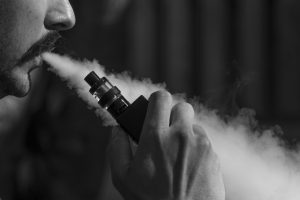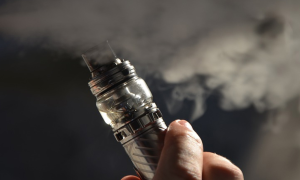Vaping Inside: Ventilation and Air Quality Concerns

Lost marys vape has become increasingly popular, leading to more people using e-cigarettes and vape pens indoors. However, concerns about ventilation and air quality have arisen, prompting discussions about the impact of vaping on indoor environments.
One of the primary concerns regarding vaping indoors is the potential for secondhand vapor exposure. Unlike traditional tobacco smoke, which lingers in the air and leaves behind a distinct odor, lost marys vape aerosol dissipates more quickly. Nonetheless, studies have shown that secondhand vapor can still contain harmful chemicals, albeit at lower levels compared to cigarette smoke.
Proper ventilation is crucial for maintaining indoor air quality in spaces where vaping occurs regularly. Effective ventilation systems can help remove airborne particles and pollutants, including those generated by Lost marys vape aerosol. This is particularly important in enclosed spaces such as offices, restaurants, and homes where vaping is allowed.
In addition to ventilation, air filtration devices can help further improve indoor air quality by capturing and removing fine particles and contaminants, including those emitted during vaping. HEPA (High-Efficiency Particulate Air) filters are especially effective at trapping small particles, providing an added layer of protection for indoor air quality.
Another consideration is the impact of vaping on sensitive individuals, such as those with respiratory conditions like asthma or allergies. While research on the specific health effects of secondhand vapor exposure is ongoing, individuals with pre-existing respiratory issues may be more susceptible to adverse effects from exposure to vaping aerosol.
To mitigate potential risks associated with vaping indoors, some establishments have implemented policies restricting or regulating vaping on their premises. This may include designated vaping areas with enhanced ventilation or outright bans on vaping indoors.
Educating users about the importance of responsible vaping practices can also help minimize the impact on indoor air quality. Encouraging users to vape outdoors or in well-ventilated areas can reduce the concentration of airborne contaminants and lessen the potential for exposure to secondhand vapor.
Overall, while vaping indoors presents ventilation and air quality challenges, implementing appropriate measures such as effective ventilation systems, air filtration devices, and responsible vaping practices can help mitigate potential risks and ensure a healthier indoor environment for all occupants. Continued research and awareness efforts are essential for better understanding the impact of vaping on indoor air quality and public health.




